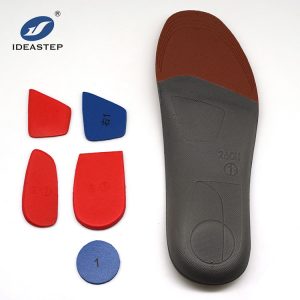
Talipes valgus, also known as flat feet or fallen arches, is a condition where the arches of the feet collapse, causing the feet to turn inward. While it may not be possible to completely correct the underlying structural issue, there are several approaches that can help manage and improve talipes valgus:
1. Supportive Footwear
Wearing shoes with good arch support and stability can help provide support to the feet and promote better alignment. Look for shoes with built-in arch support or consider using orthotic inserts to provide additional support and cushioning.
2. Arch Exercises
Strengthening the muscles that support the arches of the feet can help improve their stability. Exercises such as toe curls, arch lifts, and towel scrunches can target the muscles in the feet and promote better arch support. Consult with a physical therapist or podiatrist for specific exercises tailored to your condition.
3. Stretching
Stretching exercises can help improve flexibility and reduce tension in the muscles and tendons of the feet and lower legs. Calf stretches, Achilles tendon stretches, and plantar fascia stretches can be beneficial for managing talipes valgus. Consult with a healthcare professional for guidance on appropriate stretching exercises.
4. Weight Management
Maintaining a healthy weight can help reduce the strain on the feet and lower limbs. Excess weight can exacerbate the symptoms of talipes valgus and contribute to discomfort. A balanced diet and regular exercise can support weight management and overall foot health.
5. Physical Therapy
Working with a physical therapist who specializes in foot and ankle conditions can be beneficial. They can provide guidance on specific exercises, stretches, and techniques to improve foot alignment, strengthen supporting muscles, and manage symptoms associated with talipes valgus.
6. Orthotic Devices
In some cases, custom-made orthotic devices or shoe inserts may be recommended. These devices are designed to provide additional support, cushioning, and alignment to the feet. They can be particularly helpful for individuals with severe talipes valgus or those who experience significant discomfort.
It’s important to consult with a healthcare professional, such as a podiatrist or orthopedic specialist, for a proper diagnosis and personalized treatment plan based on the severity and individual needs of your talipes valgus. They can provide guidance on the most appropriate interventions and monitor your progress over time.
Expand more related content: https://www.aideastep.com/classic-pre-fabricated-orthotics/.
